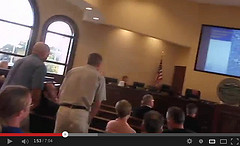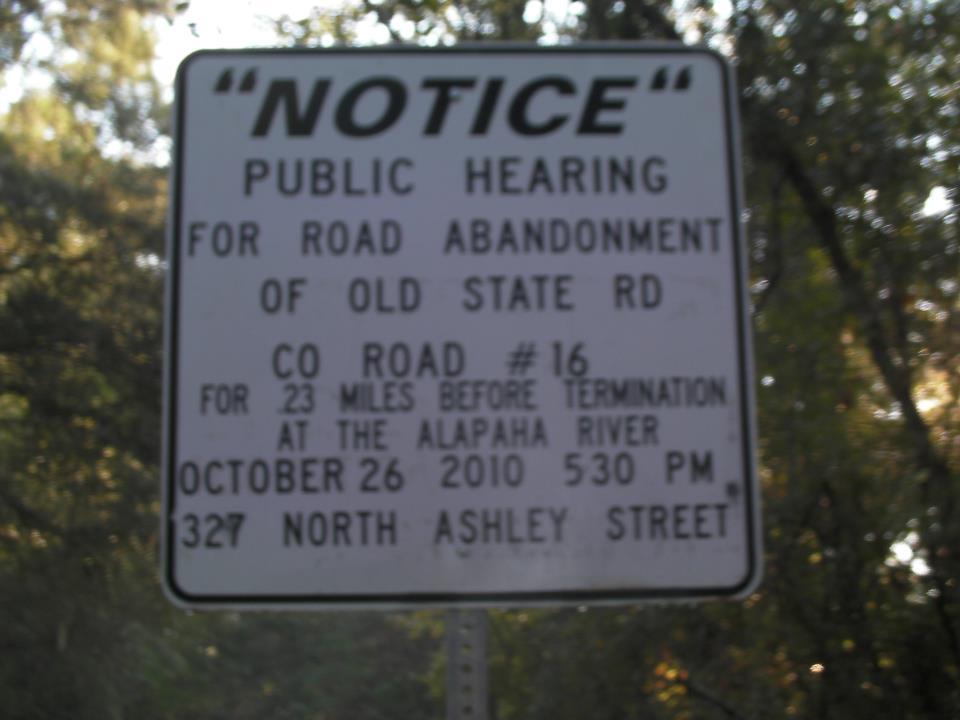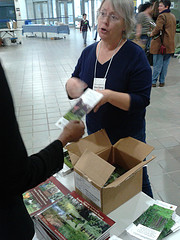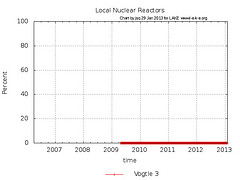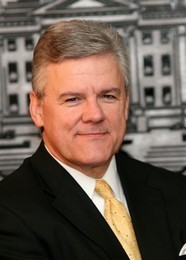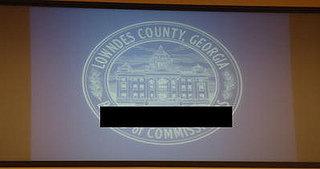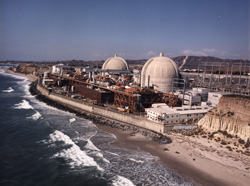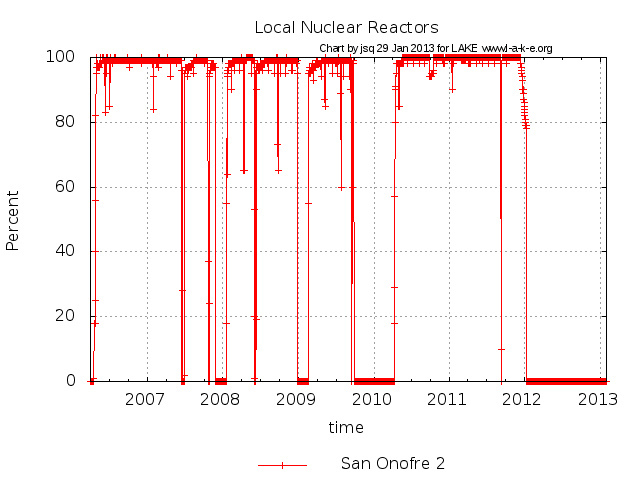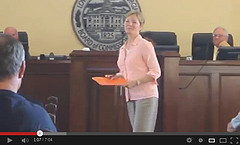 Here is video of the
public hearing in which the Lowndes County Commission
decided 26 October 2010
not to abandon a portion of Old State Road leading to the Alapaha River.
Here is video of the
public hearing in which the Lowndes County Commission
decided 26 October 2010
not to abandon a portion of Old State Road leading to the Alapaha River.
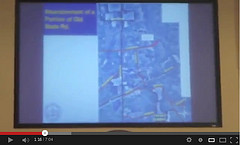 This is the same stretch of road
that's scheduled for another such hearing in two weeks from tomorrow.
This is the same stretch of road
that's scheduled for another such hearing in two weeks from tomorrow.
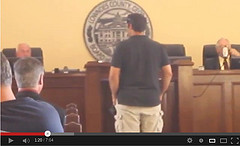 The camera aim is a bit erratic, and you can see why we hadn't already
posted this video (which is actually several briefer videos pasted together
with a few gaps).
Yet you can clearly see, after
Glenda Cofield and
Steve Bays
spoke against closing the road,
The camera aim is a bit erratic, and you can see why we hadn't already
posted this video (which is actually several briefer videos pasted together
with a few gaps).
Yet you can clearly see, after
Glenda Cofield and
Steve Bays
spoke against closing the road,
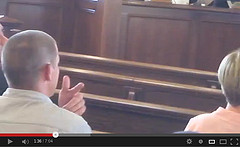 someone else
started speaking from the audience.
Then
someone else
started speaking from the audience.
Then
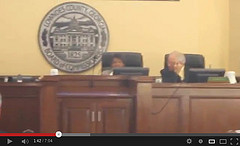 Commissioner Joyce Evans asked those opposed to stand up,
and many people did.
You can see County Engineer Mike Fletcher in the background.
Commissioner Joyce Evans asked those opposed to stand up,
and many people did.
You can see County Engineer Mike Fletcher in the background.
Presumably some of the people who stood were among the 450 people mentioned in the minutes:
Glenda Cofield, Mullins Lane, spoke against the request, and presented a petition submitted prior to the work session with the unverified signatures of 450 area residents included.
Why were the signatures still unverified if she submitted the petition before the work session of the previous day? Continue reading





